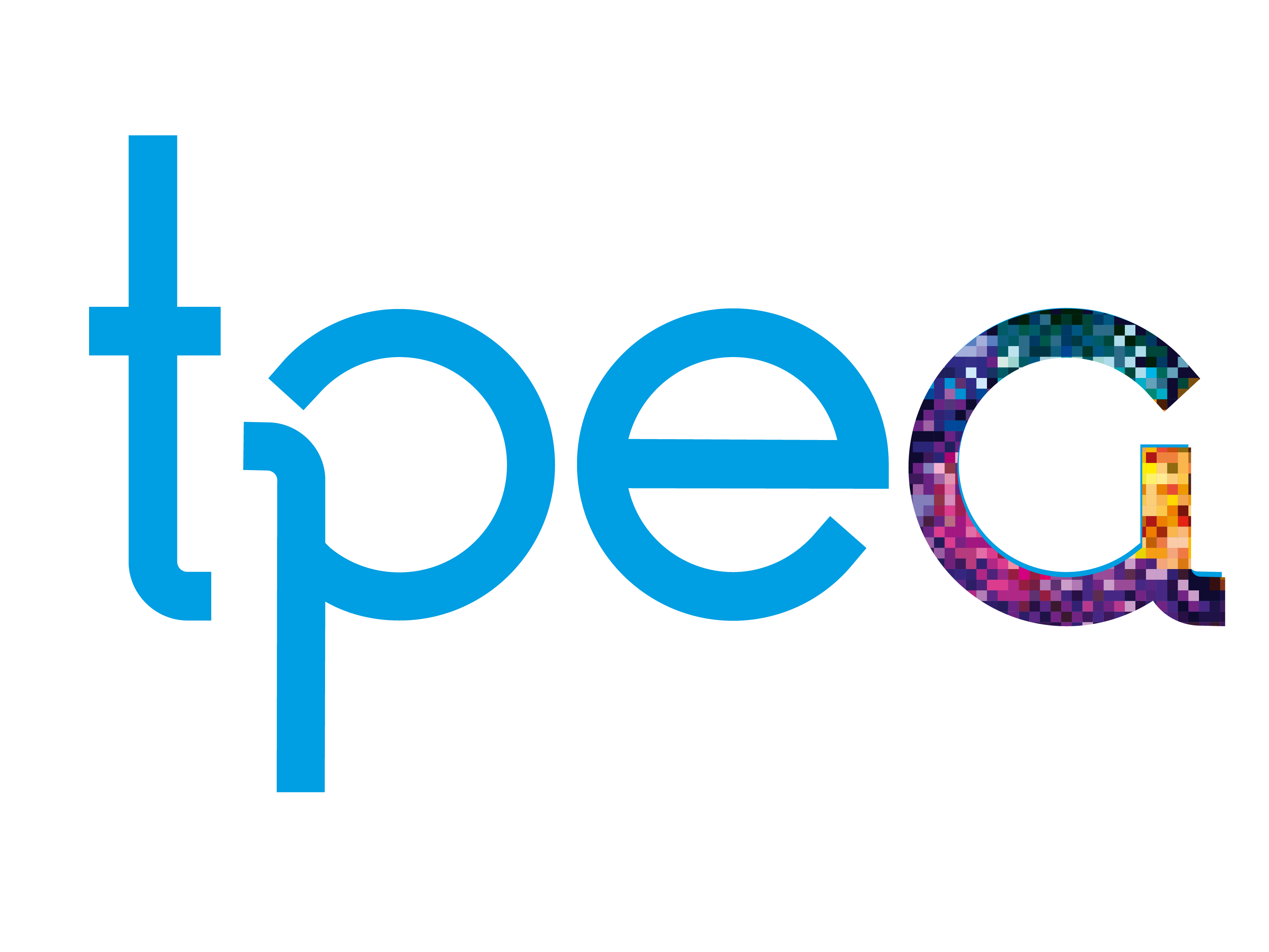For many years, technology has been a key part of the Early Years Foundation stage (EYFS) in England. The expectation has been that by the end of the Reception year children should achieve the Early Learning Goal (ELG) that requires them to ‘recognise that a range of technology is used in places such as homes and schools’ and to, ‘select and use technology for particular purposes’ (DFE, 2017: p. 12). As many of you will be aware, there is to be a new statutory framework from next September in which the technology strand has been removed. The government’s own consultation response into the reforms of the Early Years Foundation Stage notes the following concerns, ‘a central theme was a concern that technology is missing’ (DfE, 2020:9) and, ‘a consistent view was that the removal of technology as an ELG would be a negative step’ (DfE, 2020:14). However, the reformed document makes no mention of technology anywhere. For some this may be a real relief, others may be concerned that this feels like something is missing. There is still some concern amongst practitioners about what they should do regarding technology moving forward. This article aims to explore the implications for practice of this change.
First and foremost, it is important to recognise that there will be no statutory requirement to use and learn about technology in the EYFS. However, it is important to recognise that any national strategy or curriculum document will only cover a part of the curriculum that is enacted in school. National curriculum documents share details of the minimum entitlement for all. If we think back to the ELG for technology in the current EYFS statutory framework, quoted above, it focuses on understanding the way technology is used in the world around the child and the use of technology as a tool within learning. I would argue that in the reception classroom much of what happens is about helping children to develop their understanding of the world around them and their place within it. We spend time with children exploring relationships, emotion, behaviour and culture in a bid to help them relate to others and understand what happens around them. Technology is now, and, in all likelihood, will always be in some form or other, a significant part of children’s lives. Whether we consider that a good thing or a bad thing, we cannot turn back the clock and ignore the prevalence of technology in society. It would seem then important to help them to understand how technology is used both in school and in their wider lives. I would still talk about the technology I was using with children, I would answer their questions about technology and I would certainly include technology within role play areas.
In terms of the use of technology as a tool within the classroom, I would certainly not significantly change my practice. The classroom is full of learning tools. We do not need the use of crayons or pencils or chalk to be described within our curriculum document for us to recognise their value. Technology provides tools that are equally useful. A camera can allow children to create an image of a moment and to express an idea long before they can read or write. Sound recording devices can be used to capture an idea or concept that can be returned to later. Much like the pencil, these tools can empower children and can continue to stretch the limits of what is possible for them. They allow children to leave a mark in the world and therefore seem to be very important classroom resources to me. As such, I would make them permanently available and accessible to the children as part of the continuous provision within the setting.
Screen-based technology also has its place. As a practitioner I was mindful of the need to strike a balance for children and I did not want children to spend all their time glued to a screen, any more than I would want them to spend all their time playing with the sand. Where children spent too much time focused on one resource, I would tap into their interests to encourage them to broaden their child-initiated learning. Some uses of screen-based technology would seem to have more value to me than others. I would want to limit the time children spend sitting in front of a screen consuming content like a video. Whilst watching a television programme has its place, it can be very passive and isolating. However, screen-based technology can be used in more active, creative, and collaborative ways, that encourage communication. Children can work together to tell a story or recount an event using the interactive whiteboard software or an app like book creator. These tools allow children to combine text, sounds and images in their own ways to express their ideas. These would still seem to have real value to children’s learning and development.
So, in conclusion, while the technology aspect of the understanding the world area of learning is being removed, I would continue to enable children to learn about and use technology in a Reception or Nursery class. These kinds of changes to statutory documents do not change what is of value to children, just what we need to report on.
References
DfE (2017) Statutory Framework for the Early Years Foundation Stage. Available at: https://www.foundationyears.org.uk/files/2017/03/EYFS_STATUTORY_FRAMEWORK_2017.pdf [Accessed 7 November 2019].
DfE (2020) Early Years Foundation Stage Reforms: Government Consultation Response. Available at: https://assets.publishing.service.gov.uk/government/uploads/system/uploads/attachment_data/file/896872/EYFS_reforms_consultation_-_government_response.pdf [Accessed 15 September 2020].
Image source
https://pixabay.com/photos/baby-boy-call-child-communication-164003/







